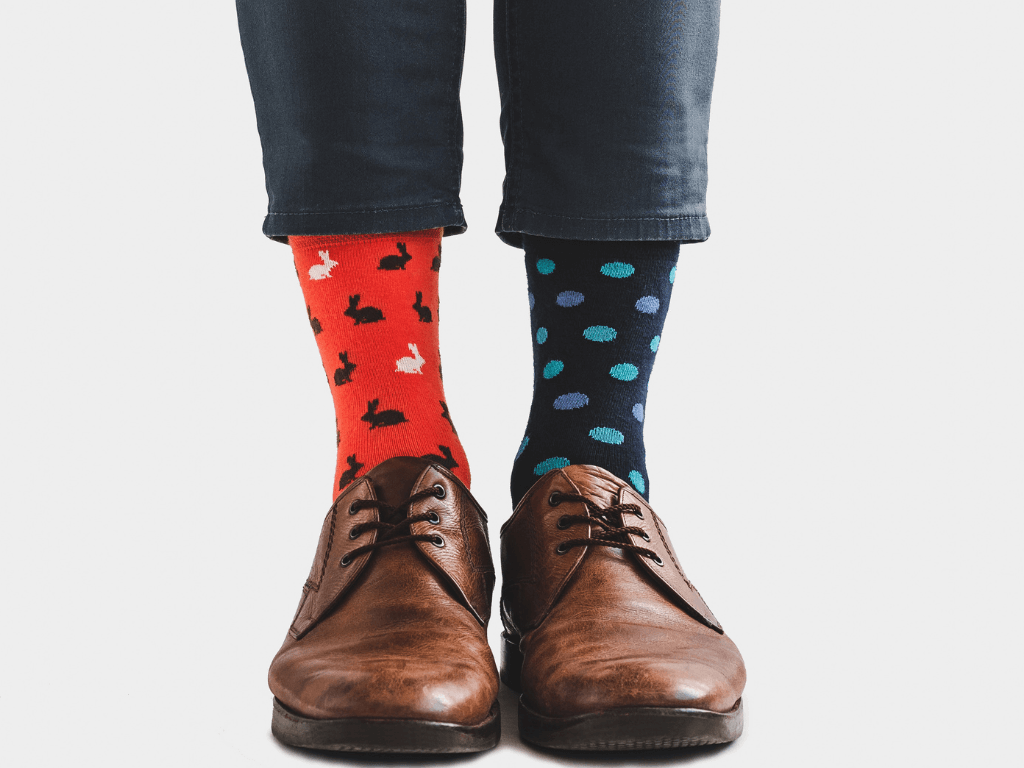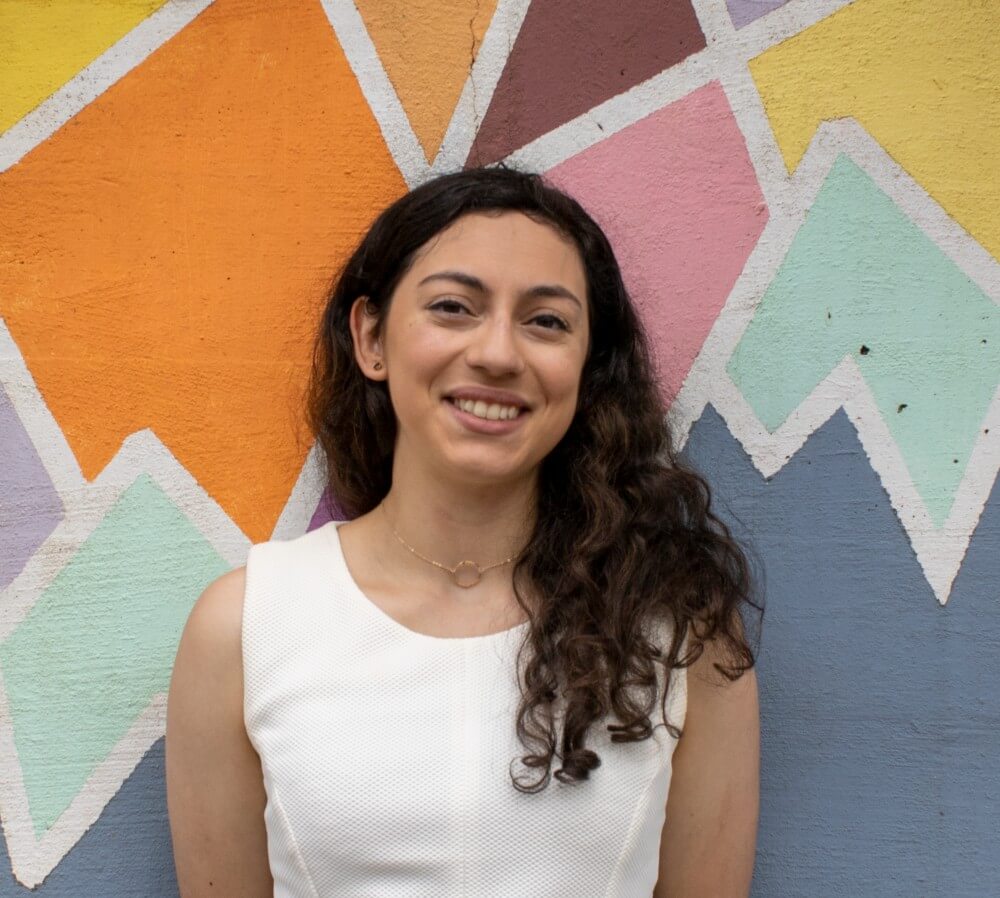If you’re seeking an ADHD diagnosis or already have one, you may be trying to figure out which type fits best. You might get a combined type diagnosis if all the symptoms sound like you.
Read on for the basics on the different ADHD types and important facts for anyone who resonates with “combined type.”
Too long; didn’t read
- There are three types of ADHD: hyperactive-impulsive, inattentive, and combined.
- All ADHD exists on a spectrum and can change throughout life or even a day.
- All types, including combined, can manifest in many different ways.
- Your type can be helpful to know, but it isn’t a box to fit into and shouldn’t eliminate any forms of treatment or strategies you find work for you.
- The benefit of combined type is the potential for a wide range of strategies to try.
What are the types of ADHD?
ADHD terminology can be confusing. While we now refer to all forms as ADHD (attention-deficit/hyperactivity disorder), the same thing used to be called ADD (with or without hyperactivity).
There are three presentations of ADHD, often called subtypes. Terminology is starting to change since “subtype” sounds more static, and presentations allow more fluidity.
Each flavor of ADHD has slightly different diagnostic criteria, defined in the DSM-V.1
Hyperactive-impulsive type
This is probably the presentation you’re most aware of; it’s sometimes called the predominantly hyperactive-impulsive type. But while you might think of young boys bouncing off the walls, there are many ways to be hyperactive and impulsive. For example, think of binge-eating, replaying your conversations, excessive spending, gambling, or risky sexual behavior.
Inattentive type
Many women and girls are diagnosed with inattentive ADHD, and you might still hear it called “ADD.” One theory is that AFAB (assigned female at birth) people are more likely to be socialized to mask their symptoms and adhere to socially accepted norms.
While young boys may act out in class and be diagnosed and treated for ADHD, it’s more common for girls and women to be overlooked. Inattention often looks like daydreaming, zoning out, losing possessions, boredom with everyday activities, or forgetfulness.
It’s important to note that many ADHDers aren’t diagnosed because they can be very attentive to things they enjoy, making inattention less useful as a descriptor.
Combined type
ADHD combined presentation is true to it’s name—you have some combination of traits from both subtypes.
If you have trouble seeing all of yourself when looking at the two types above or check many of the boxes, this might be your type.
How are ADHD types diagnosed?
While many different medical professionals can diagnose ADHD, it makes sense to seek out someone with lots of experience, like a psychiatrist, especially if you’d like to pursue medication treatment. This might be even more important for adults and AFAB people, who are often underdiagnosed.
To receive a diagnosis, you will have an assessment. Though they can be a good start, tests alone can’t diagnose ADHD. Instead, the evaluation often looks like a conversation, usually lasting several hours. They will ask questions about symptoms and make an evaluation based on the diagnostic criteria. Usually, you’ll get a copy of the formal diagnosis, which should have your primary presentation listed.
Why does it matter what type of ADHD I have?
When I was first diagnosed, I wondered about this constantly. My doctor made two things very clear: first, that nothing was wrong with me, second, that my diagnosis paperwork was only a snapshot in time and that my ADHD would always exist on a spectrum.
Though my diagnosis shows the inattentive type, as I learned more about ADHD, it became clear that mine manifests as the combined type more often than not.
There is so much we don’t know about our brains, so if you’re not sure where you fit, don’t stress about it. Just try to find the treatment, care, and tips that work well for you and leave the rest.
Tips for managing combined type ADHD
The great thing about combined presentation is that you aren’t limited to tips for your type. Get started below, but try whatever strategies speak to you.
Use technology (like Inflow)
We hear a lot about how bad screens are for ADHD, but there are so many excellent technology applications that can benefit ADHDers.
Here are just a few examples:
- Use a pantry app for meal planning and to track what ingredients you have at home.
- Carry a to-do list wherever you go, so you don’t forget tasks.
- Use a pomodoro timer to help you focus.
- Check out Inflow for ADHD-specific tools like personalized coaching, short psychoeducation modules, and neurodivergent community.
Reduce mental and physical clutter
Cleaning helps me when I feel stuck or overwhelmed. I start small, maybe just tidying the room I want to work or relax in. Perhaps I load the dishwasher or clean the sink. I also get stressed by inbox or text notifications, so setting a goal of tackling ten messages at a time makes a difference.
A note about decluttering: You don’t have to be Marie Kondo. I’m learning that the best thing I can do for my mental health is to own less so that I don’t have to put it away, wash it, or store it. Instead, start with something that feels manageable, like a drawer, and split it into bite-sized chunks.
🧹 Struggling to keep on top of chores? Read our article on cleaning with ADHD for more neurodivergent-friendly tips.
Establish routines
Life happens, but try to set up a daily plan and stick to it as much as possible. Don’t be afraid to add it to your calendar.
Move when you can
Regular movement can often help manage ADHD, but it's hard to find the motivation to exercise. What’s worked best for me: Find an exercise I like, admit that it changes over time, and split it into chunks. This can look like a 15-minute HIIT workout, jumping on my daughter’s mini-trampoline, or a quick dance party. Park at the back of the lot to get a few more steps in.
Ask for help
You might think everyone has it all together, so you should too, but no one does, and ADHD can make things even harder.
Ask a trusted friend to hold you accountable, come over while you clean, or pick up something for you at the store. You don’t have to do everything alone.
-
Source
1 American Psychiatric Association | Diagnostic and statistical manual of mental disorders (5th ed., text rev.)





